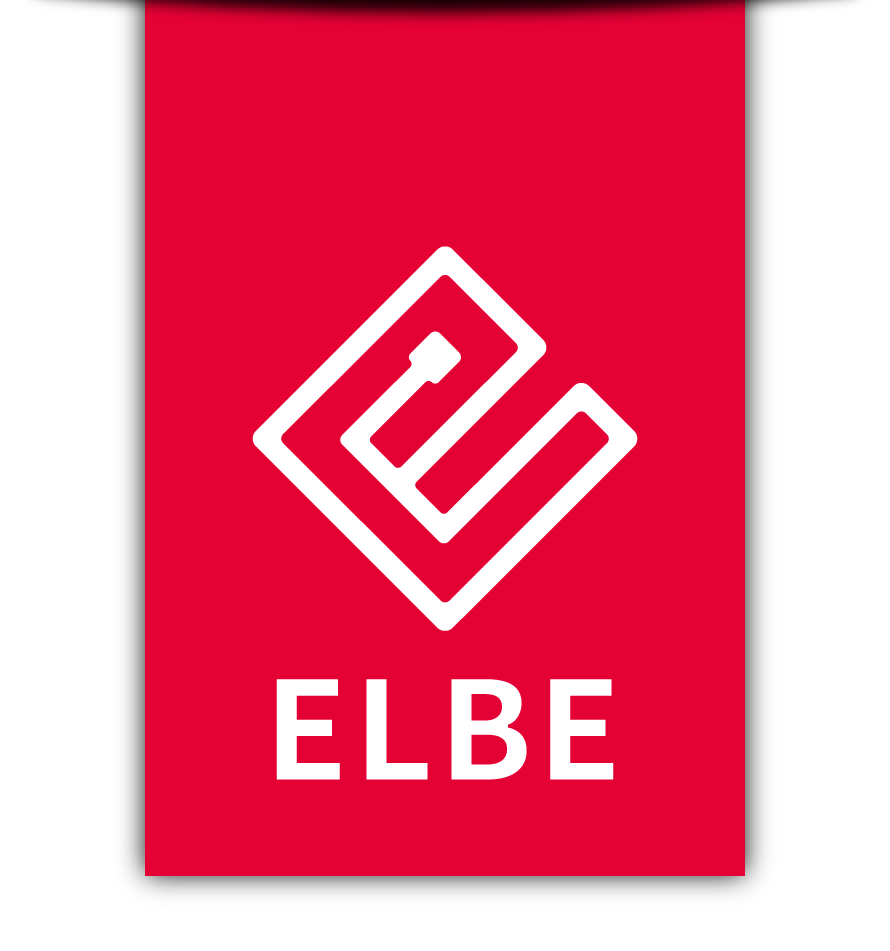Content
DataDog is a SaaS-based full-stack monitoring platform for application, serverless, real user, network, synthetic, and security purposes. The tool provides cloud monitoring as a service, helping DevOps teams see inside any stack, app, anywhere, and at any scale. Jenkins is an open-source, server-based automation platform that helps DevOps teams automate tasks in building, testing, and deploying any project or software. It is written in Java, can run out-of-the-box, and offers packages for Linux, Windows, and macOS — and other Unix-like OSs. Issue tracking is used to manage changes and to facilitate support activities in CI/CD pipelines.

Using the Docker Engine, the containers can be accessed which in turn can execute applications in a remote environment. According to a report, 2 out of 3 companies who have tried this application have adopted it within 30 days of using it. This highly customizable tool provides instant feedback and hence will warn you if a particular sprint is leading to a broken build or is harming the same.
With Jenkins, you can set up and customize your CI/CD pipeline according to your own needs. It’s easy to get started with Jenkins, as it runs natively on Windows, Mac OS X, and Linux. You can set up and configure your Jenkins server through a web interface.
Bug/Issue Tracking Tools
DevOps involves transforming the workplace culture, so the development and operations teams work together, but no single tool handles all DevOps processes. Therefore, DevOps teams require a toolchain to enable the use of multiple tools as a single unit, making the software development process smoother. Modern software development requires speed, with market competition driving businesses to respond rapidly to customer demands and push out frequent software releases.
You can save different versions of your source code and return to a previous version when necessary. It’s also great for experimenting, as you can create separate branches and merge new features only when they’re ready to go. Software development involves binary and source code components, typically stored in repositories.
ConsulOne of the best DevOps tools for configuration management is Consul by HashiCorp. It allows you to automate network configurations, use secure connections, and discover services across runtime or in the cloud. Managing system resources, including servers, databases, and virtual machines, is configuration management. You can use different DevOps tools available for this, such as Chef, Ansible, etc. Continuous integration is a software development practice where developers merge or integrate code changes into the primary code branch frequently.
Push policies, Spacelift fully supports arbitrary Git flows, including massive monorepos, and gives you ultimate visibility through your Git provider APIs (e.g. GitHub’s Checks and Deployments APIs). The clients are called Puppet nodes and run a Puppet agent to connect to the puppet master and download the manifest assigned to the node to apply the configuration if needed. Unlike Ansible, Chef uses a pull-based model where nodes pull their configuration information from a central server periodically rather than having the configuration pushed to them. This allows for greater flexibility and scalability, as nodes can be added or removed from the system without the need for manual configuration.
It can be used to manage complex deployments and speed up development. Supports different kinds of workloads like Hadoop tasks, cloud-native applications, etc. Deploys and scales containerized applications without the manual intervention of the technical team.
What Are the Main Types of DevOps Tools?
You can employ a master-slave node arrangement to automate the container scheduling and deployment and analyze and maintain node connectivity. Using Kubernetes, you can create Docker containers automatically and assign them based on demands and scaling needs. It’s suitable for projects using codes from GitHub and Bitbucket repositories. It also allows you to use Docker containers in addition to pre-installed frameworks and languages to build the software, and also monitors and sends alerts. Performs automated deployment of codes to a different environment to enable quick time-to-market.
- It is also available in a variety of languages, including English, Spanish, French, and Chinese.
- Self-healing scripts & AI-generated tests for complete application coverage and validations with 90% less effort.
- Sumo Logic is a log management offering from the San Francisco based company of the same name.
- However, it’s the next logical step once you reach a certain level of complexity and need to scale your resources.
- You create a playbook with configuration, distribution, and orchestration rules and run it on Ansible-managed nodes.
- These days, it’s possible to run your entire DevOps stack in the cloud, using the managed DevOps solutions of cloud service providers.
Plutora offers a value management platform that enables the enlistment of a vast array of DevOps tools into a converged toolchain. The converged toolchain offers a unified and cohesive view and control plane for understanding customer value and the process of delivering. This means not only DevOps teams, but broader DevOps organizations. Only the smallest and simplest of organizations have a single pipeline to worry about.
Deployment
Jenkins is one of the most popular DevOps automation tools in the market. It’s an open-source CI/CD server that allows you to automate the different stages of your delivery pipeline. The main reason for Jenkins’ popularity is its huge plugin ecosystem.
GitLab , which is based on Git, provides version control, CI services, deployment and pipeline features for software development. Most companies prefer to use GitLab for source code management due to its strong CI services. GitLab is the way to go if you are looking to integrate CI/CD on your own server, because you can practically host GitLab on your server. GitLab is free and open source and provides an unlimited number of free private repos. Bamboo is an automation server enabling continuous delivery from code to deployment. In 2007, Atlassian introduced this tool to automate the build, documentation, integration, testing, and deployment of applications.
AWS CodePipeline
As long as the practices adopted are helping the company deliver better software faster, the goal of DevOps is served. Here is a list of practices that should be adopted in a move to DevOps. A DevOps culture is all about automation, communication, accountability, shared responsibility, and increased collaboration.
Taking a page out of the agile handbook, we recommend tools that allow development and operations teams to break work down into smaller, manageable chunks for quicker deployments. This allows you to learn from users sooner and helps with optimizing a product based on the feedback. Look for tools that provide sprint planning, issue tracking, and allow collaboration, such as Jira. Puppet is designed to manage server configurations and automate server administration tasks. It is used by some of the biggest companies in the world, including Facebook, Twitter, and Google. One of Puppet’s main advantages is its ease of use; it is relatively simple to set up and get started with.
DevOps tools for infrastructure automation provide the automation needed to streamline processes and reduce manual intervention. Docker is a framework for building, running, and managing containers for both cloud and server environments. It provides a set of tools, such as APIs, UIs, and CLIs, to automate many tasks throughout the end-to-end application delivery lifecycle. Similar to GitHub, BitBucket is also a tool which helps manage project code throughout the software development cycle. Docker containers help DevOps teams by providing the same environment at every stage of the DevOps cycle . Developers can create Docker images and run them in a development environment.
Who Uses DevOps and for What Purpose?
They need to know where they’ve been and make fixes to any point in history along the way. Securely distribute release-ready binaries to continuously update remote sites and devices. Freedom of choice with the flexibility to run any combination of on-prem, cloud, multi-cloud and hybrid solution. There is a common belief that the most waste in software is creating code that is not used. DevOps world, work in small chunks, reduces this waste, providing early feedback with short cycles.
Source Code Management Tools
It lowers the barrier to starting on projects and increases both speed and agility. Good agile planning tools enable delivery, tracking, and visibility into planning and subsequent execution. JFrog Enterprise+ increases developer productivity and eliminates frustration.
What Are the Benefits of DevOps?
It is designed to make it easier for teams to manage and deploy applications across various environments, including on-premises, cloud, and hybrid environments. They build the entire model on a continuous improvement process involving introduction to devops daily collaboration. DevOps teams accomplish this with automation tools, from deployment and continuous integration to monitoring, security, and cost management. These are used to manage system changes in a systematic, consistent way.
DevOps methods
Splunk is a monitoring and exploring tool that has a significant role in monitoring and exploring machine-generated data. With Splunk, machine data can be easily accessed, analyzed, and used by anyone. It collects and analyses data to provide insights useful for taking methodical business decisions.









